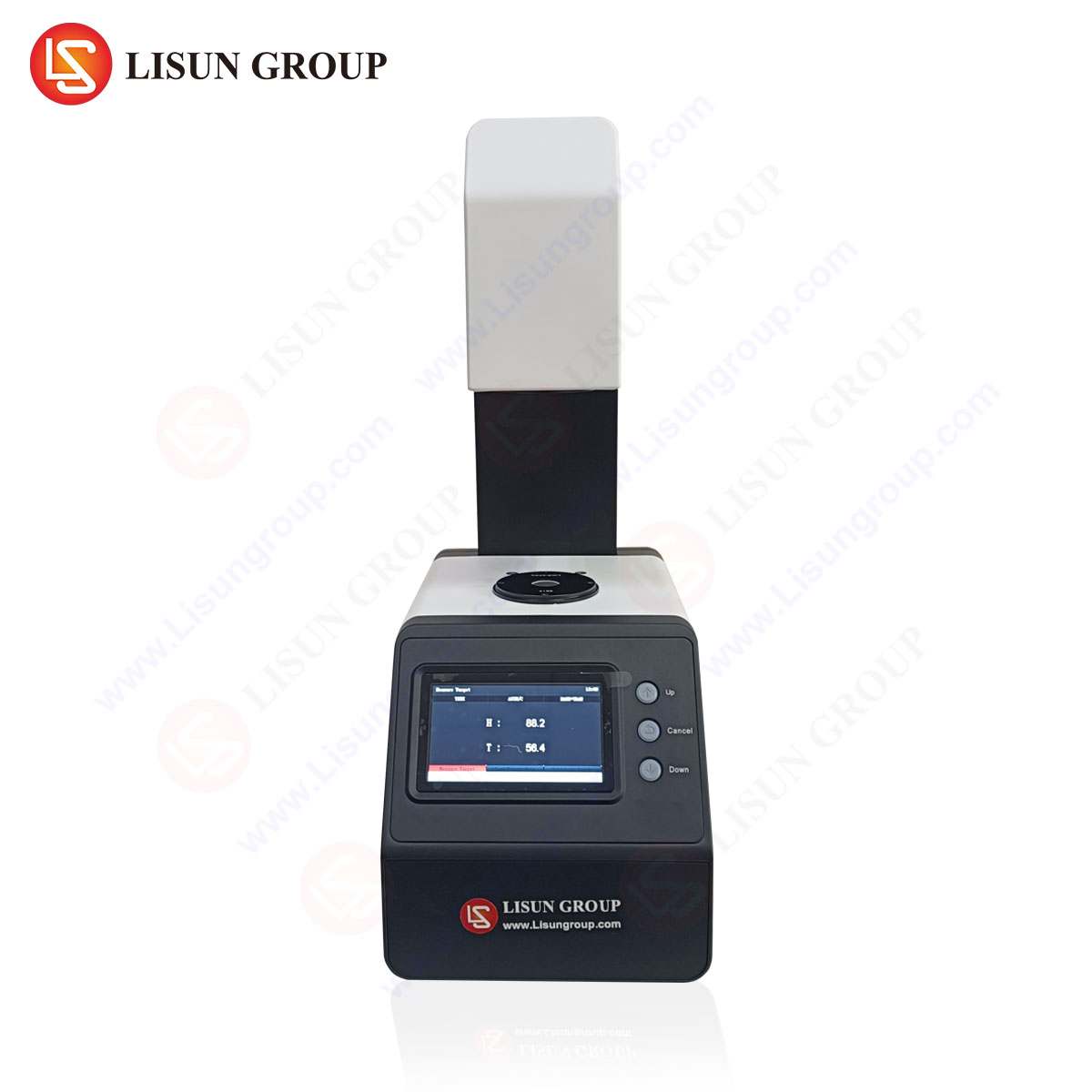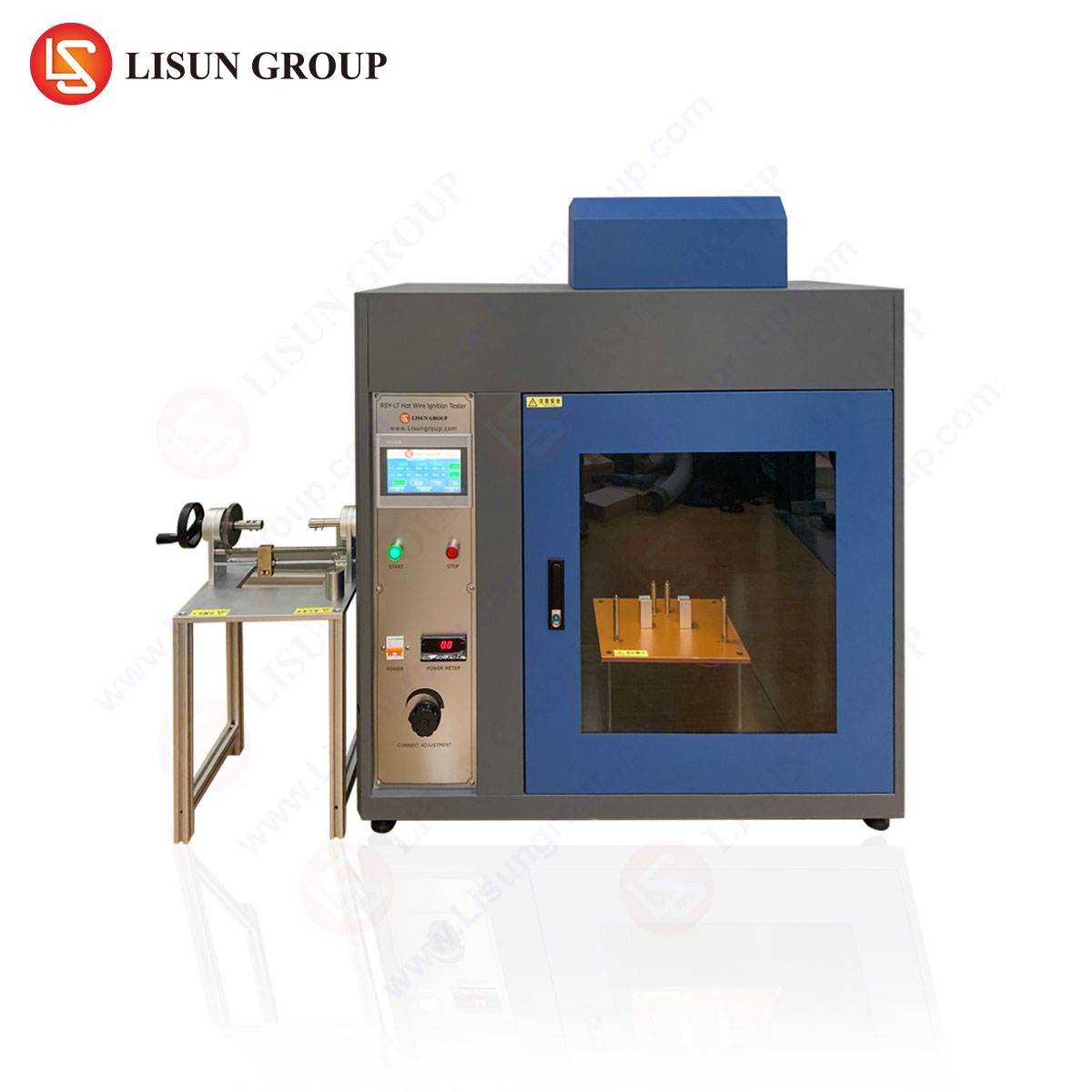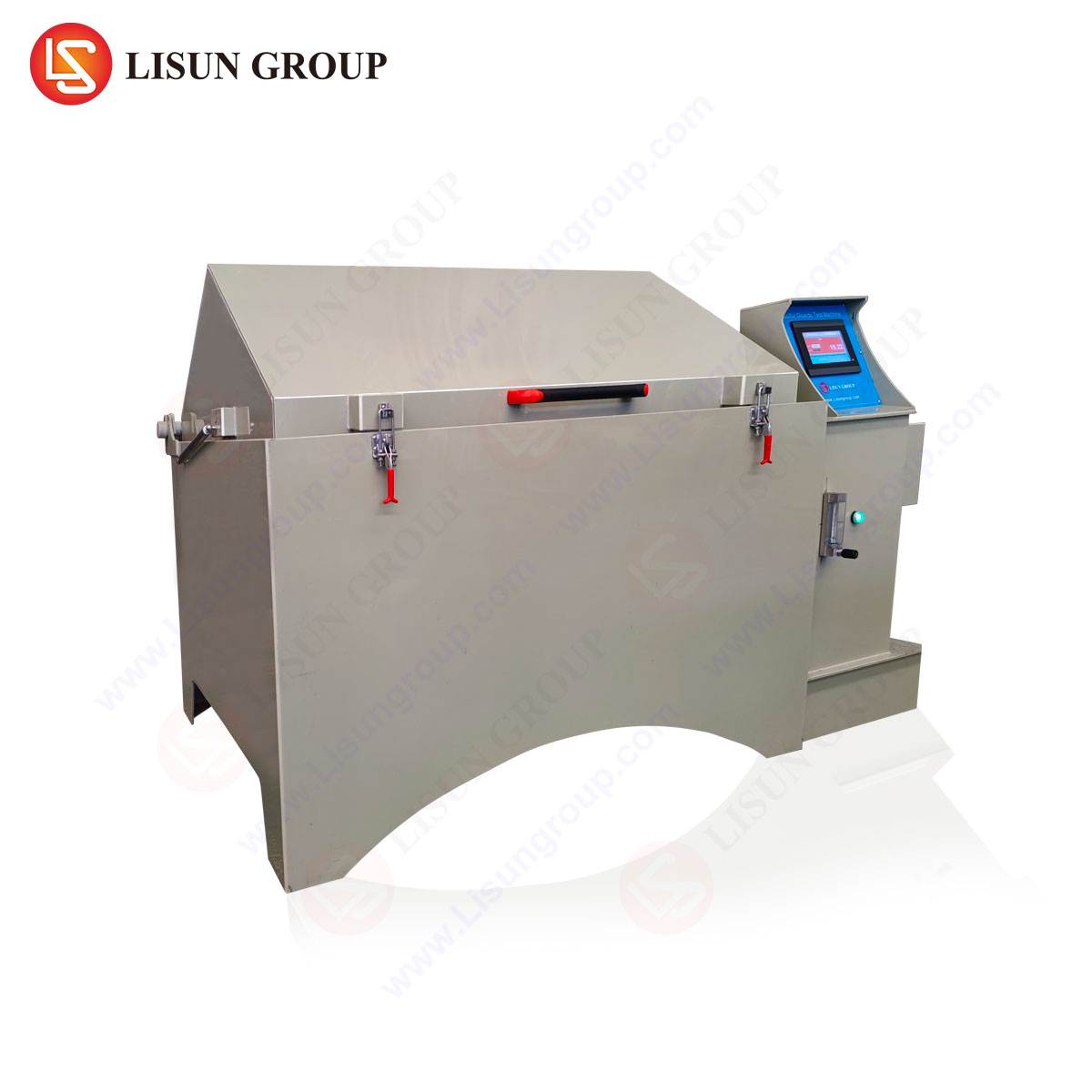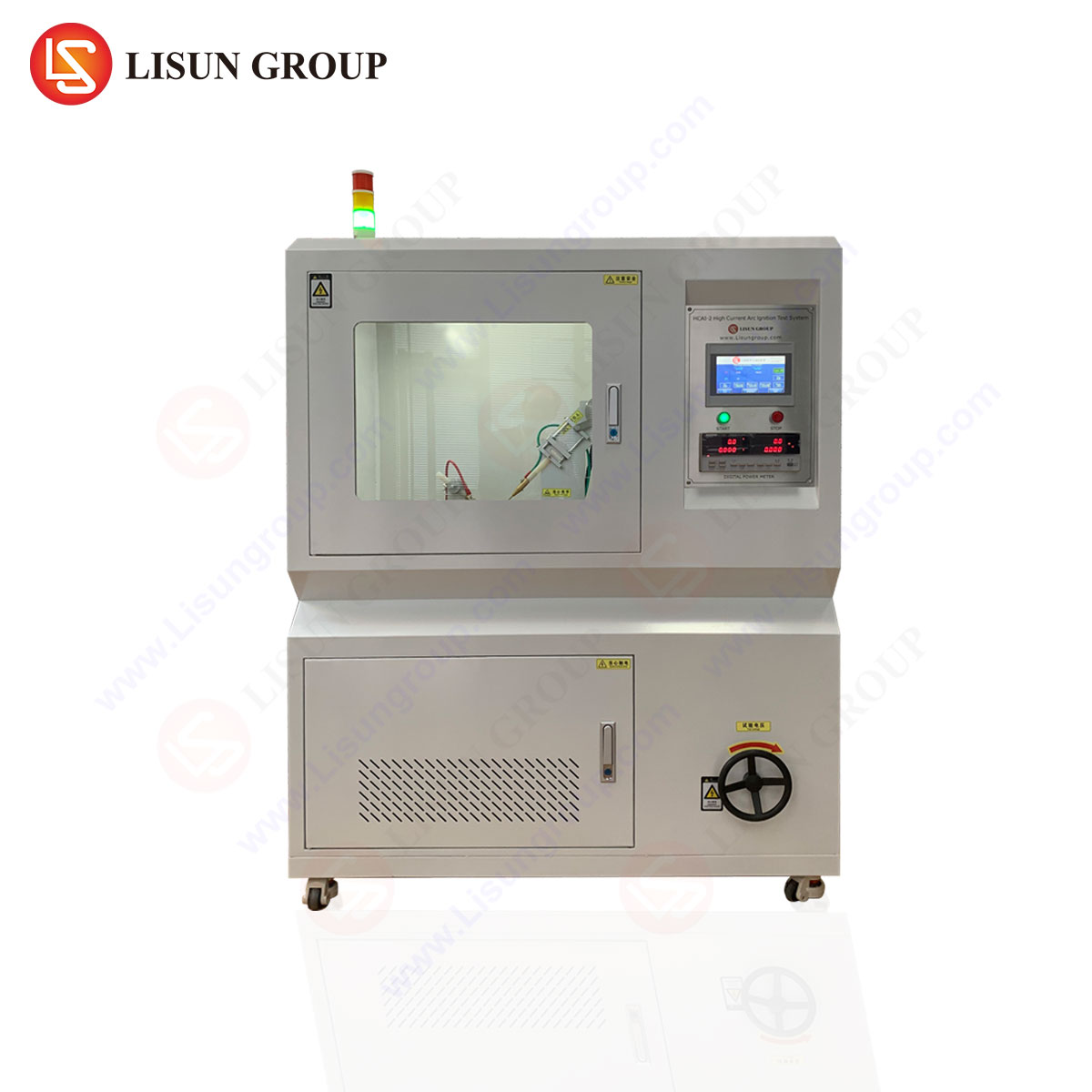An Analytical Framework for Carton Box Quality Assurance in Industrial Logistics
The integrity of corrugated carton boxes is a foundational element within modern industrial supply chains. These containers are not merely passive vessels; they are engineered systems tasked with protecting valuable and often sensitive goods from the rigors of distribution. A failure in this primary function can result in catastrophic financial losses, compromised product safety, and significant brand reputation damage. Consequently, a rigorous, multi-faceted methodology for assessing carton box quality is not an optional procedure but a critical component of a robust quality management system. This document delineates a comprehensive technical framework for evaluating carton box quality, with a specific emphasis on performance validation through standardized mechanical testing.
Fundamental Material and Construction Properties
The initial phase of quality assessment involves a meticulous inspection of the raw materials and manufacturing craftsmanship. This static analysis provides the first indicators of a box’s potential performance.
The composition of the linerboard and fluting medium is paramount. Key parameters include basis weight, measured in grams per square meter (gsm), and the bursting strength, quantified by the Mullen Test (e.g., 200 lbs/in², 275 lbs/in²). A higher bursting strength generally correlates with a greater resistance to puncture and rupture during handling and stacking. The caliper, or thickness, of the combined board is also a critical metric, directly influencing the box’s rigidity and column crush resistance. The flute profile—whether A, B, C, E, or F—determines the board’s cushioning, vertical compression strength, and print surface characteristics. For instance, B-flute offers a superior flat crush resistance for excellent printing surfaces, making it suitable for retail packaging for consumer electronics, while the thicker A-flute provides superior vertical compression strength for heavy items like automotive electronics components.
The structural integrity of the box is fundamentally dependent on its construction. Seams and joints must be inspected for consistency and adhesion. The application of adhesive must be uniform, without gaps or excessive squeeze-out that could weaken the bond. Scores and creases must be precise and clean, facilitating easy and predictable folding without cracking the outer liner. The dimensional accuracy of the box, including internal and external length, width, and depth, must conform to specified tolerances to ensure proper fit with internal packaging and automated handling equipment. For complex industries such as aerospace and aviation, where components often have unique geometries, this dimensional verification is critical to prevent internal movement during transit.
Quantifying Compression Strength via the Box Compression Test
The Box Compression Test (BCT) is a fundamental laboratory procedure designed to measure a carton’s ability to withstand uniformly applied top-to-bottom loads. This test simulates the static load experienced by the bottom boxes in a palletized stack during warehousing or shipping. The BCT value, expressed in pounds or Newtons, is a direct predictor of stacking performance.
During the test, a sample box is placed between two platens of a compression tester. The upper platen descends at a controlled rate, applying an increasing load until the box experiences structural failure, which is typically manifested as buckling. The maximum force sustained before failure is recorded as the BCT. This data is indispensable for calculating safe stacking heights in warehouses. For example, a pallet of industrial control systems, each unit weighing 15 kg and stacked 8 high, imposes a significant load on the bottom container. The BCT must exceed this total load with an appropriate safety factor to prevent column collapse, which could damage an entire pallet load of sensitive equipment.
The BCT result is influenced by several factors, including the edge crush test (ECT) value of the corrugated board, the box’s perimeter, and the quality of its manufacture. A higher ECT rating generally leads to a higher BCT. Standards such as ASTM D642 and ISO 12048 provide the definitive protocols for conducting this test, ensuring that data is comparable and reproducible across different laboratories and suppliers.
Assessing Durability Through Edge Crush and Puncture Testing
While BCT evaluates the complete box structure, material-level tests provide insight into the inherent strength of the corrugated board itself. The Edge Crush Test (ECT) measures the perpendicular compression strength of a small strip of corrugated board. This value, reported in pounds per inch width (lb/in) or kilonewtons per meter (kN/m), has become a primary metric for specifying box performance, as it has a strong correlation with top-to-bottom compression strength. A board with a 44 ECT rating, for instance, will demonstrably outperform a 32 ECT board in an identical box configuration, making it a requisite for shipping heavier goods like household appliances.
The Puncture Test evaluates a board’s resistance to sharp impacts and protrusions. This is particularly relevant for packaging items with hard, angular components, such as telecommunications equipment racks or the internal metal frameworks of office equipment. The test measures the energy required for a triangular pyramidal head to puncture the board sample. A high puncture resistance indicates that the box is less likely to be breached by accidental impacts from conveyor edges, other packages, or handling tools.
Simulating Distribution Hazards with Controlled Drop Testing
The most dynamic and revealing assessment of a packaged-product’s robustness is the Drop Test. This procedure directly simulates the shocks and impacts that occur during manual handling, loading, and unloading operations. Unlike the static compression tests, drop testing evaluates the entire package system, including the protective cushioning and the product itself.
The principle involves raising a packaged product to a predetermined height and releasing it to free-fall onto a rigid impact surface, striking a specified face, edge, or corner. The test is repeated for a defined sequence of drops to simulate multiple handling events. The effects on both the carton and the contained product are then meticulously examined for damage. This is crucial for validating the performance of primary and secondary packaging for fragile items.
The Role of the DT-60KG Drop Tester in Quality Validation
For industries where product integrity is non-negotiable, standardized and repeatable drop testing is essential. The LISUN DT-60KG Drop Tester is an engineered apparatus designed to perform this critical function with a high degree of precision and reliability. It is configured to handle packages with a maximum mass of 60 kilograms, making it suitable for a vast range of industrial products, from compact medical devices to sizable automotive electronics control units.
The tester operates on a electromechanical principle. The test package is securely mounted on a lifting platform. The operator sets the desired drop height via a digital controller, which can typically range from 300 to 1500 mm or more. Upon initiation, the platform ascends to the programmed height. At the apex, a quick-release mechanism disengages, allowing the package to fall unimpeded onto a solid steel or granite base plate, ensuring a consistent and reproducible impact. The system’s design minimizes air resistance and swinging, which could otherwise invalidate the test results.
Specifications and Competitive Advantages of the DT-60KG
- Max Test Weight: 60 kg
- Drop Height Adjustment: Typically 300-1500mm (or as per model), with precise digital control.
- Test Platform: A robust, quick-release mechanism ensuring consistent and shock-free disengagement.
- Impact Surface: A heavy-duty base plate, often constructed from steel or granite, to prevent energy absorption and standardize the impact.
- Control System: A user-friendly digital interface for setting height, counting drops, and managing test sequences.
The competitive advantages of such a system are multifold. Firstly, it eliminates the human variability inherent in manual drop testing, ensuring that data is accurate, repeatable, and compliant with international standards such as ISTA and ASTM D5276. Secondly, its capacity for 60 kg allows manufacturers of heavy and high-value equipment—such as lighting fixtures for stadiums, electrical component cabinets, or cable and wiring system reels—to validate their packaging designs under realistic conditions. Finally, the programmability of the drop sequence allows for the simulation of complex distribution environments, providing invaluable data to optimize packaging and reduce the incidence of field failures.
Industry-Specific Application Scenarios
In the Medical Device industry, a drop test using the DT-60KG on a packaged diagnostic unit can verify that sensitive calibration mechanisms remain functional after a simulated 1-meter drop onto its corner. For Aerospace and Aviation Components, such as an avionics module, the test ensures that the suspension packaging within the carton can isolate the delicate circuitry from G-forces encountered during ground handling. A Consumer Electronics company might use the tester to validate that the corners of a smart television’s carton are sufficiently reinforced to protect the fragile screen from a typical edge-drop scenario.
Integrating Test Data into a Cohesive Quality Protocol
A holistic quality assurance program integrates data from all these tests. Material specifications (Basis Weight, ECT) serve as the incoming quality control check for raw board. Construction integrity ensures the box is built to design. BCT data informs warehouse logistics and palletization strategies. Finally, drop testing provides the ultimate validation that the entire packaging system—box, cushioning, and product—will survive the distribution cycle.
Establishing a correlation between material properties, box compression strength, and actual drop test performance allows companies to move from reactive problem-solving to predictive packaging design. This data-driven approach enables the optimization of packaging to be both sufficiently robust and materially efficient, achieving cost savings without compromising on protection.
Frequently Asked Questions (FAQ)
Q1: How does the ECT value of corrugated board relate to the performance of a finished box in a Drop Test?
While ECT is a strong predictor of static compression strength (BCT), its direct correlation to dynamic impact performance in a drop test is less absolute. A high ECT indicates a rigid board that resists buckling, which contributes to overall box durability. However, drop test performance is a system property heavily influenced by cushioning materials, box geometry, and the specific weight and fragility of the contents. A comprehensive validation always requires actual drop testing of the complete packaged product.
Q2: For a heavy item like a industrial power supply, what is the benefit of using a standardized drop tester like the DT-60KG over manual testing?
Manual drop testing of a 60 kg item is inconsistent, unsafe, and non-repeatable. The force, angle, and point of impact vary with each attempt, producing unreliable data. The DT-60KG ensures a perfectly vertical, repeatable drop onto a standardized impact surface. This generates scientifically valid data that can be used for comparative analysis, supplier qualification, and compliance reporting with a high degree of confidence.
Q3: Our company manufactures telecommunications equipment. Which testing standard should we reference for our drop test protocols?
International Safe Transit Association (ISTA) procedures, particularly the ISTA 3A or 3B series, are widely adopted for packaged-products shipped through parcel delivery systems. For heavier, palletized shipments, ISTA 3E may be applicable. Alternatively, ASTM D5276 standardizes the drop test method itself. The specific standard chosen should mirror the expected hazards in your distribution environment for telecommunications equipment.
Q4: Can the data from a Drop Test be used to reduce overall packaging costs?
Absolutely. Often, packaging is over-engineered as a safety buffer against unknown distribution hazards. Data from a structured drop test program provides empirical evidence of the packaging system’s true performance. This allows engineers to confidently optimize material usage—for example, by reducing foam thickness or downsizing the corrugated flute profile—while still maintaining the required level of protection, thereby achieving significant material and shipping cost savings.






